“Trail Camera Tips and Tricks: How to Capture Stunning Wildlife Footage”
“Trail Camera Tips and Tricks: How to Capture Stunning Wildlife Footage”
Table of Contents
Introduction to Camera
Trail cameras have revolutionized natural world pics, supplying a danger to check animals of their natural habitat without human interference. game camera, These movement-activated gadgets permit photographers, hunters, and flora and fauna lovers to seize intimate moments of untamed animals, whether or not or no longer for studies, protection, or leisure functions.
In this guide, we’ll find out key suggestions and tricks that will help you install your direction virtual Trail Camera and capture beautiful natural global footage.
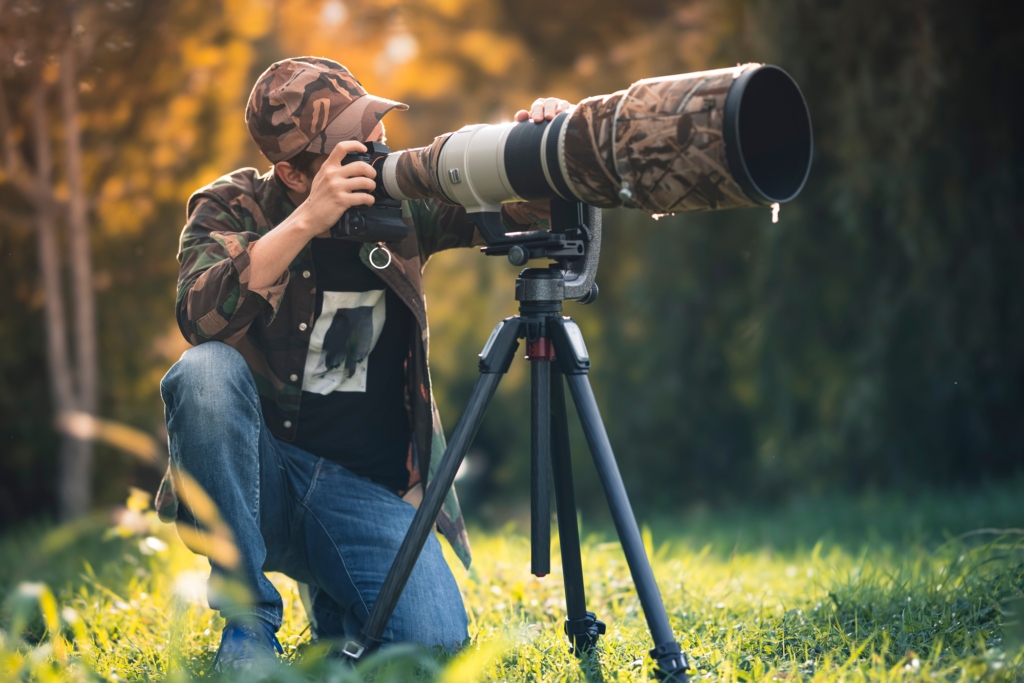
1. Choosing the Right Trail Camera
Before diving into the sector, choosing the perfect digital digicam is critical for achieving brilliant outcomes.
- Camera Resolution: Look for Trail Cameras with at least 12MP decisions to ensure sharp images. High-decision cameras (20MP or better) provide even clearer images, best for flowers and fauna detail.
- Trigger Speed: A speedy cause pace ensures you don’t miss a brief-moving animal. Choose a digital camera with a motive speed of zero. trail cameras Three seconds or lots less for pleasant results.
- Detection Range: Cameras with a detection form of fifty-100 toes are amazing for recognizing herbal global from a distance, allowing you to cover a bigger location.
- Battery Life: Consider route cameras with prolonged-lasting battery life, as plants and fauna observation regularly requires weeks or maybe months of continuous tracking.
2. Understanding Camera Settings
Each path digicam comes with customizable settings that would decorate your photographs if optimized efficaciously.
- Burst Mode: This placing captures a series of pics speedy, increasing the threat of capturing action pictures. trail cam, Use this mode to image fast-transferring animals.
- Video Mode: Choose video mode for shooting the animal’s motion. the cellular trail camera, Adjust the video period based totally on battery and memory obstacles, but 10-30 2nd clips typically paint best.
- Night Vision: Look for infrared or no-glow Trail Cameras for middle-of-the-night photos to keep away from stressful animals even as nonetheless shooting clean pix.
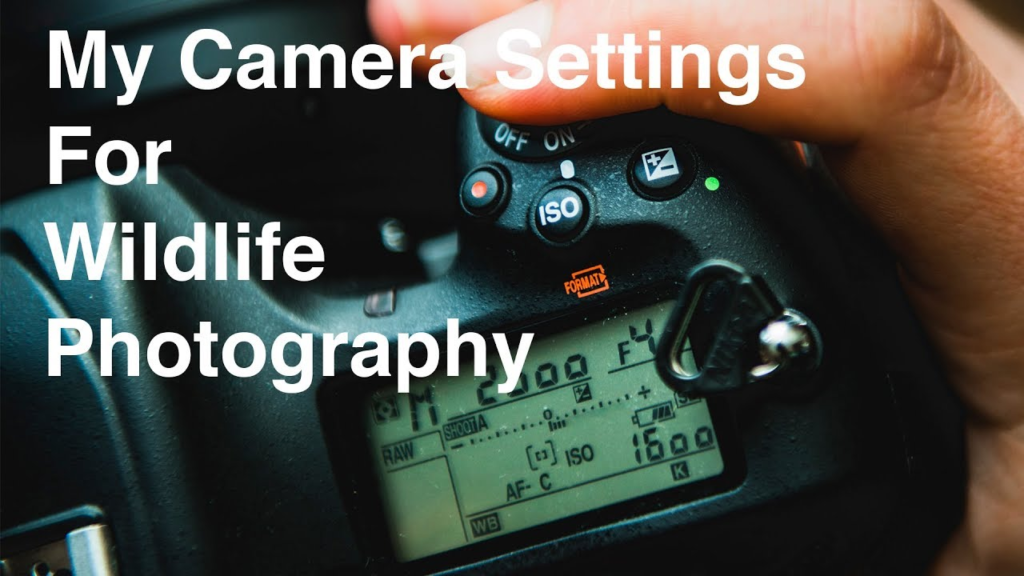
3. Strategic Placement: Where to Position Your Camera
Proper placement is crucial for taking photos of wildlife. Here are the top elements to take into account while positioning your digital camera:
- Animal Trails and Paths: Set up your camera alongside well-known animal trails or recreation paths to grow your possibilities of catching flowers and fauna.
- Water Sources: Animals frequently visit watering holes, streams, and rivers. game cameras, Placing your camera nearby can yield great footage, specifically in the course of sunrise and dusk.
- Feeding Areas: Position your camera close to meal sources like berry bushes or clearings in which animals are in all likelihood to forage.
- Height and Angle: Mount the virtual camera at a top of three feet off the ground and angle it barely downward to capture most animal movements. spypoint cameras, You may additionally need to regulate this primarily based on the precise animals you’re monitoring.
4. Timing: When to Set Up Your Camera
Wildlife interest varies at a few stages within the day, so it’s vital to remember the timing of your digital camera setup.
- Dawn and Dusk: Many animals are crepuscular, which means they’re most energetic throughout twilight. Position your camera to capture the hobby for the duration of the instances.
- Seasonal Changes: Animal behavior shifts with the seasons, so adapt your setup depending on whether or not or no longer it’s breeding, migration, or feeding season.
- Frequent Monitoring: Regularly take a look at your path cameras to ensure that they’re functioning efficiently and to replace batteries or SD playing cards when wanted.

5. Minimizing Human Scent and Disturbance
Wild animals are touchy to human scent, so taking steps to decrease your effect is vital.
- Scent Control: Wear gloves at the same time as managing the camera to keep away from leaving a human fragrance. spypoint flex, You can also use scent-protecting sprays around the digital digicam location.
- Low-Impact Setup: Try to install the camera quietly and rapidly to decrease disruption to the environment. best cellular trail camera Use a course that animals are not able to pass to avoid demanding them.
6. Optimizing for Weather Conditions
Weather can dramatically have an impact on your pics and digital camera’s overall performance, so it’s essential to plan.
- Weatherproofing: Ensure your path digicam is weatherproof and might withstand rain, snow, and immoderate temperatures. best trail camera, Using a shielding casing can expand your virtual digicam’s lifestyle and universal performance.
- Snow and Ice: In snowy conditions, function your digicam slightly better off the ground to keep away from snow overlaying the lens. browning trail cameras, Consider pointing it south to lower condensation and ice buildup.
- Sunlight Considerations: Avoid placing your digital camera in direct daytime, as this could cause glare or overexposure. spypoint trail camera, Instead, roll it in shaded regions to keep proper lighting.
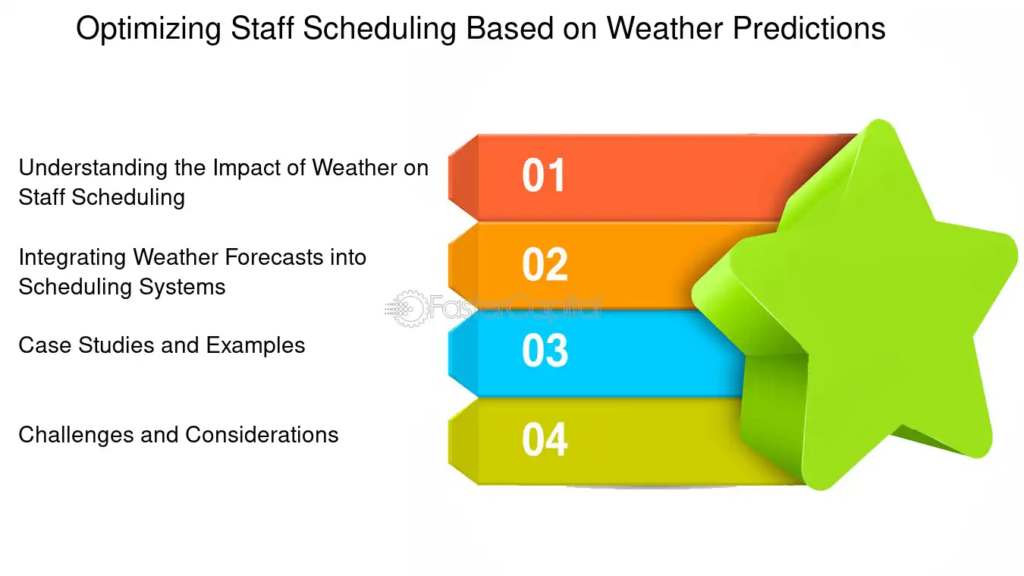
7. Using Multiple Cameras for Better Coverage
To cover larger regions or song a couple of animals, it’s regularly beneficial to use a couple of virtual digicam.
- Overlapping Fields of View: Place cameras so their fields of view overlap slightly, increasing your opportunities to take pictures of animals from exceptional angles.
- Different Perspectives: Set up cameras at unique heights and angles to capture several perspectives, at the side of near-u. S.A.And big-perspective pictures.
- Wide-Area Monitoring: Spread cameras throughout unique sections of woodland or habitat to display more than one zone proper away, maximizing your probability of shooting several plant life and fauna pastimes.
8. Enhancing Image Quality
Improving the niceness of your trail digicam pics and pictures can take your vegetation and fauna photos to the next level.
- Clear Lenses: Regularly ease your digicam’s lens to keep away from blurry or smudged snapshots due to dirt or moisture.
- Memory Card Speed: Use high-pace reminiscence playing cards to keep pix and movies correctly. best trail cameras, Cards with a Class 10 or UHS-I score are perfect for path cameras.
- Lighting Conditions: For nighttime snapshots, use path cameras prepared with infrared sensors to seize clean pix without spooking animals. cameratwo trail during the day, make sure the camera is positioned in well-lit areas but avoid direct daytime.

9. Data Management: Organizing Your Wildlife Footage
Managing the massive quantity of records amassed using direction cameras can emerge as overwhelming if not performed nicely.
- Labeling and Sorting: Label your SD playing cards with place and date facts for clean reference. Use photograph and video-improving software program programs to tag and sort your photographs.
- Backup Regularly: Always once more up your snapshots to avoid losing precious records. Use outside difficult drives or a cloud garage for safe retaining.
- Review Footage Often: Regularly reviewing your photos permits you to regulate your camera’s settings and site for superior destiny captures.
10. Troubleshooting Common Issues
Trail cameras might also encounter a few unusual problems during use, and it’s important to apprehend the manner to remedy them.
- False Triggers: Moving leaves, rain, or temperature adjustments can now and then cause fake triggers. deer cameras, Adjust your camera’s sensitivity settings to reduce these occurrences.
- Battery Drain: Cold weather or prolonged recording lessons can drain batteries fast. Use wonderful, long-lasting batteries, and don’t forget sun-powered fashions if viable.
- Blurry Images: If your pix come out blurry, make sure the virtual digital camera is robust, and now not use of branches or foliage obstructing the lens. trailcam Check the digicam’s recognition settings and lens cleanliness as well.
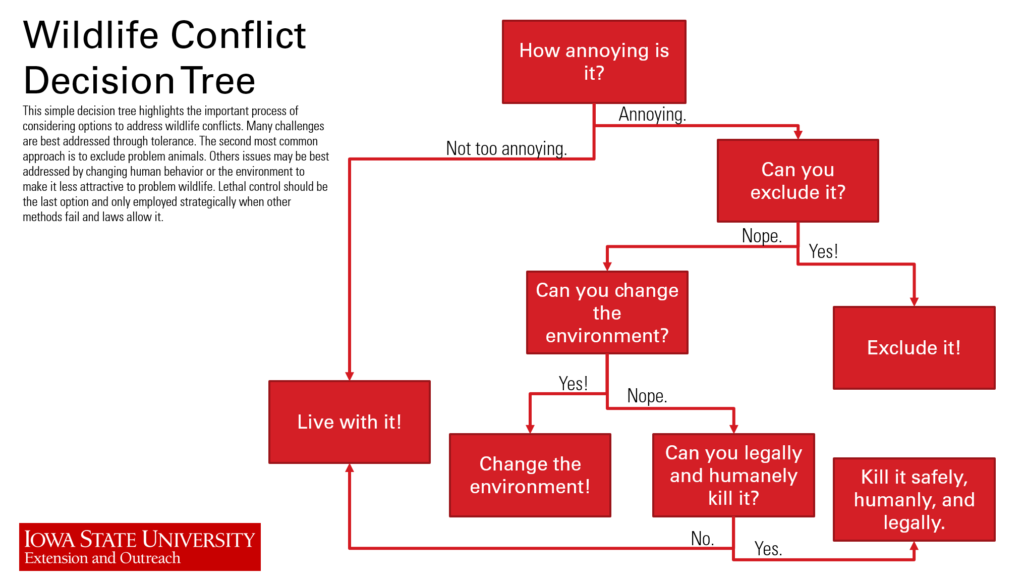
11. Ethical Considerations for Wildlife Photography
When capturing flora and fauna pics, wildlife camera it’s crucial to attain this ethically and responsibly.
- Avoid Disturbing Animals: While searching for vegetation and fauna, continually prioritize their safety and well-being. cell camera Avoid positioning your digicam too close to nesting areas or dens to prevent pressure on the animals.
- Respect Privacy: If the usage of path cameras in public or shared areas, make certain that the digital camera’s snapshots are centered on natural international and now not on human beings’s personal sports activities.
Conclusion: Mastering Trail Camera Techniques for Stunning Wildlife Footage
By following the pointers and tips noted in this guide, you may dramatically beautify your opportunities of taking pictures high-quality herbal international pics. deer cam From selecting the proper path virtual digicam and settings to optimizing placement and minimizing human disturbance, mastering one’s techniques will let you examine nature in its maximum raw and captivating shape.
Whether you’re a seasoned hunter, photographer, or plant and fauna enthusiast, path cameras offer a completely particular window into the natural global—one that’s on hand, thrilling, and full of surprises. moultrie trail cameras, Happy tracking!

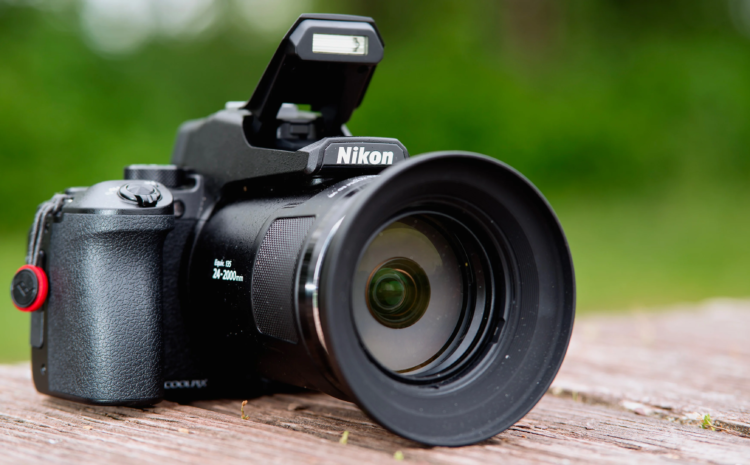






Write a Comment